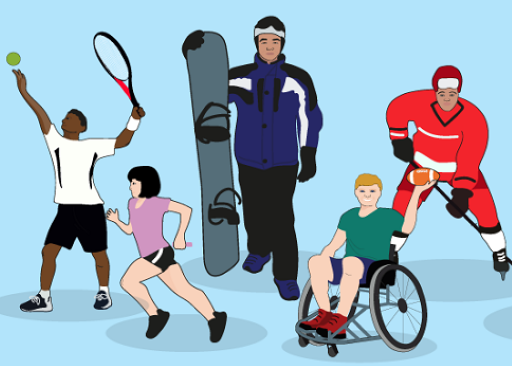1.9 Stakeholder engagement
Collaboration is a powerful way to address challenges and identify new solutions. Stakeholder engagement provides valuable insight into the views of different groups, and opportunities for different perspectives.
Engaging with athletes
Decisions affecting athletes have often been made without the athletes themselves having a say.
Athletes are the lifeblood of any sport. Engaging with athletes should be done for every proposed change that will impact them – it helps to get ‘buy in’ from them – which also leads to smoother adoption of a change.
It is essential for you to help organisations to engage with athletes as plans to develop and implement more positive environments take shape.
 How could you engage with athletes in your sport?
How could you engage with athletes in your sport?
Take some time to think about all the decisions that your organisation makes that have an impact on athletes. These are the decisions where it is particularly important to engage with them and understand their views and insights.
Now think about the different ways your organisation could engage with them around these decisions. Make a list of all the ways you can or already do this.
Comment
Here’s some we came up with:
| Post-event feedback forms. |
| Anonymous drop-boxes. |
| Exit interviews (when an athlete leaves a programme). |
| Independent engagement or research. |
| Parent feedback (for younger athletes). |
| Carer feedback (for people with disability). |
| Groups of athlete representatives or athlete ‘commissions’. |
| Surveys. |
Whatever ways you choose, it is important to make the engagement meaningful. This means you need to listen to and properly consider athlete views, and also provide feedback to them on what you have done with the insights they have provided.
It’s also really important for children in your sport: make your engagement work for them. This means making it age-appropriate and child-friendly which is particularly important for safeguarding. Only children can tell us about their lives – whether they feel safe and who or what might help them. Their insights are important to ensure that safeguarding measures are relevant and working effectively.
Engaging stakeholders in decisions that affect them is at the heart of a human rights-based approach. Next, you will explore this in more detail. |
1.8 Using exercise as punishment




